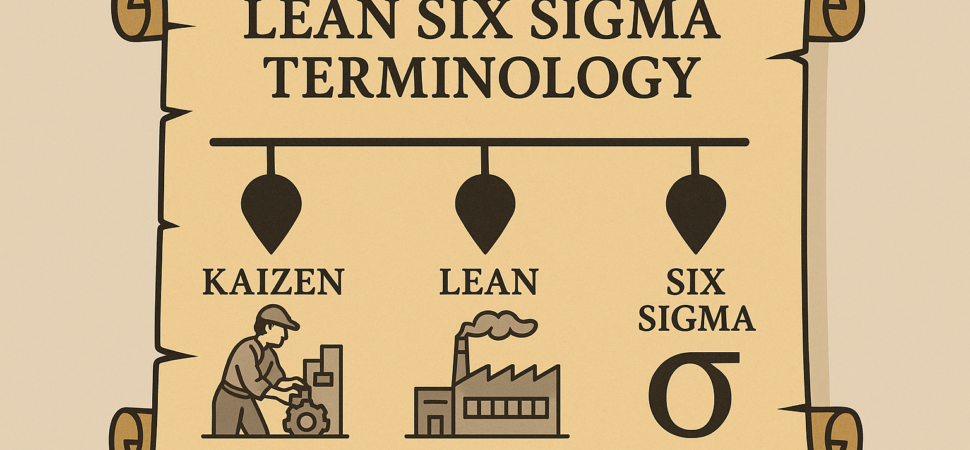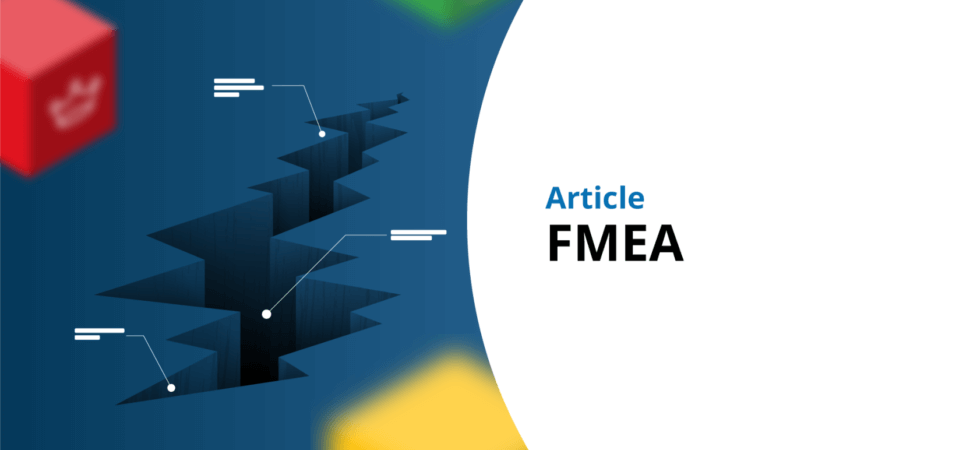The Epic of Lean Six Sigma Terminology
Is it Lean? Is it Six Sigma? Is it Kaizen, Genryou, or TQC? If the language of process improvement feels like a modern-day Tower of Babel, you’re not alone. Despite speaking about the same goals, efficiency, quality, and continuous improvement, we often use wildly different terms to describe them. But behind the jargon lies a fascinating history that shaped what we now call Lean Six Sigma. From Toyota’s Genryou Management and Kaizen in the 1950s, to Motorola’s statistical rigor with Six Sigma in the 1970s, the evolution of continuous improvement reflects a blend of East and West, theory and practice, philosophy and metrics. When the two paths converged in the early 2000s, Lean Six Sigma emerged, not just as a toolkit, but as a way of thinking. This article unpacks that journey, tracing how terms like Kata, DMAIC, and Poka-yoke found their place in modern business vocabulary. Whether you’re a seasoned Black Belt or just beginning to explore process improvement, understanding where these concepts come from helps us use them with greater clarity and purpose. So next time you hear “Lean Six Sigma,” remember, it could’ve been called Genryou Six Sigma. Or even Kaizen DMAIC. The name may be circumstantial, but the impact is anything but.


